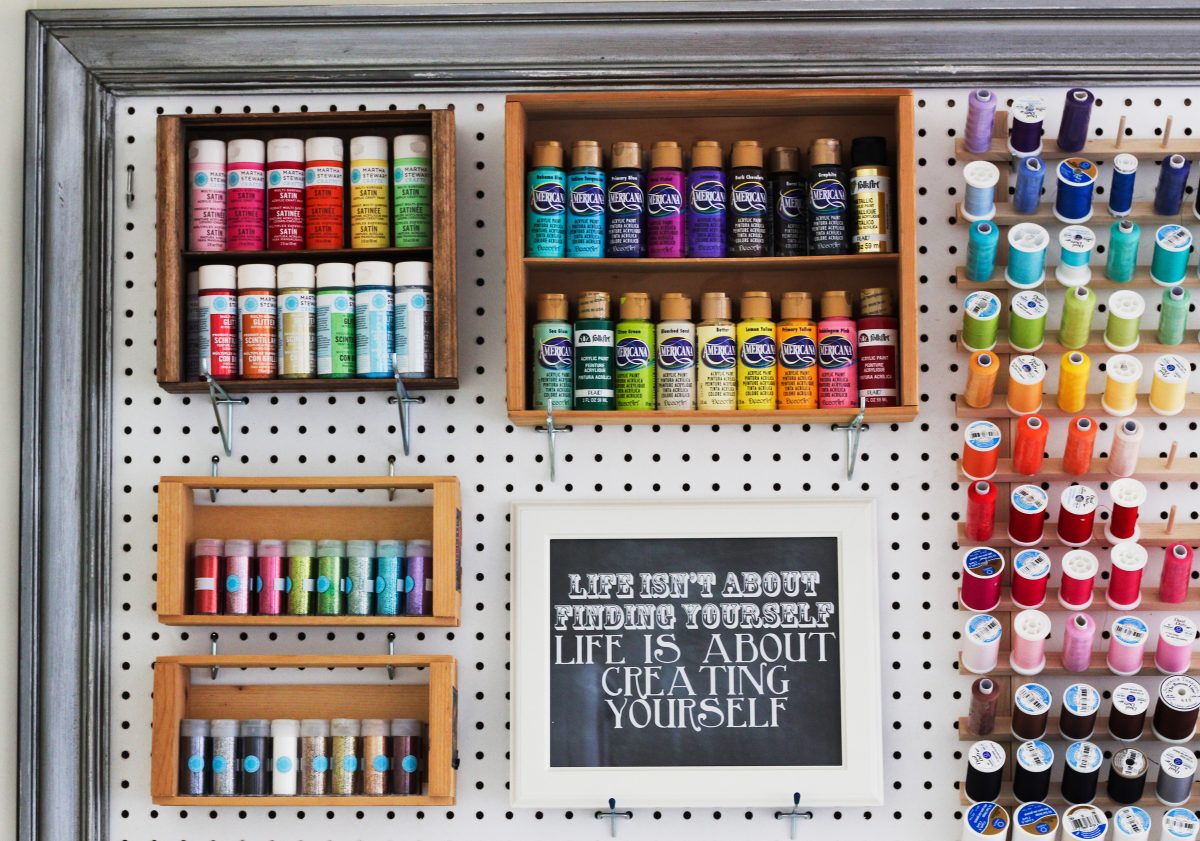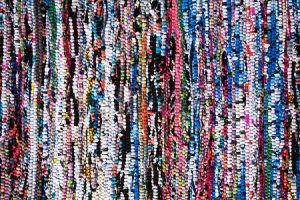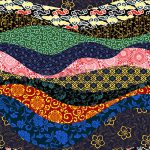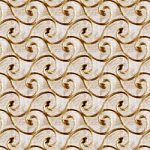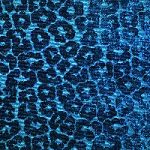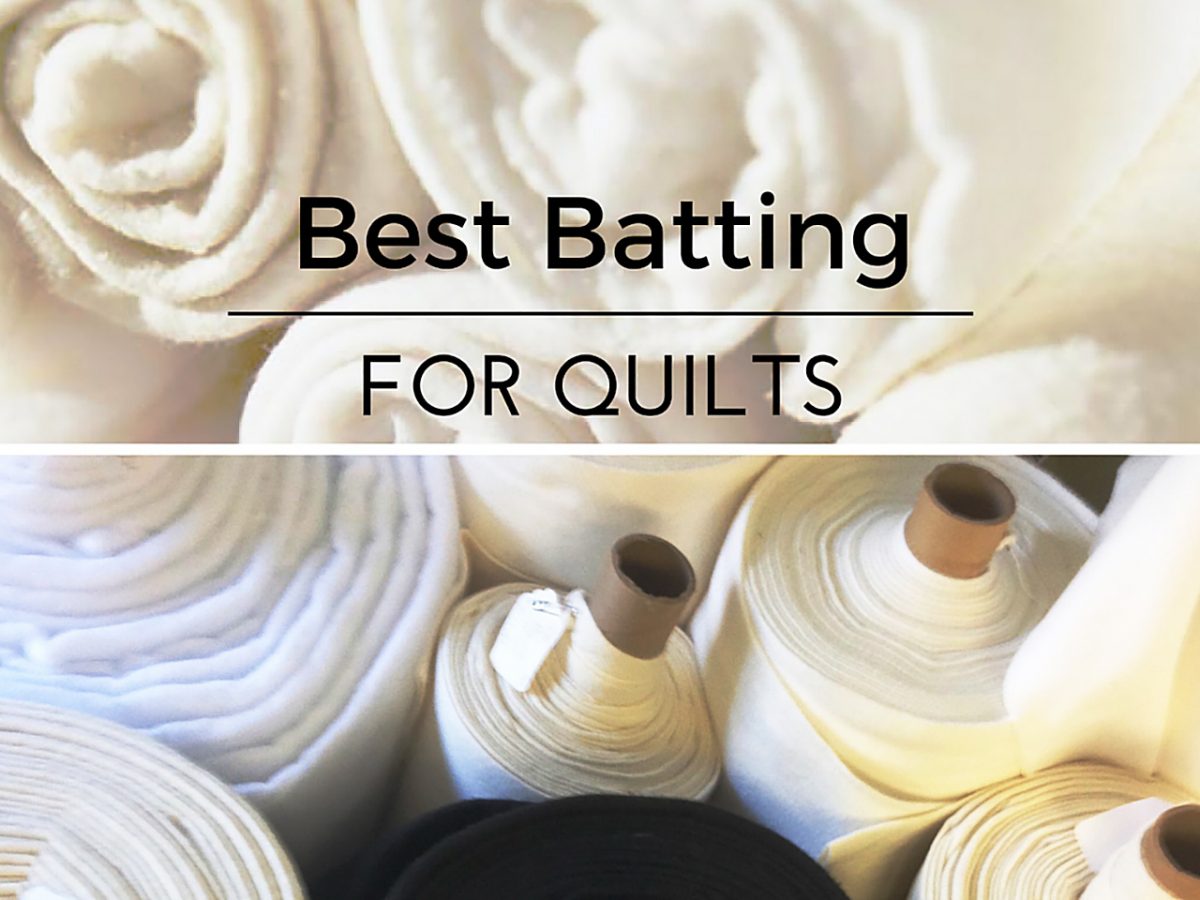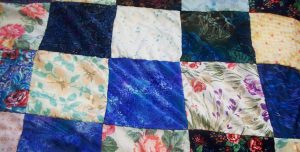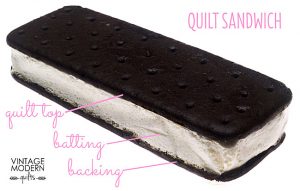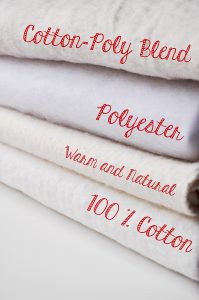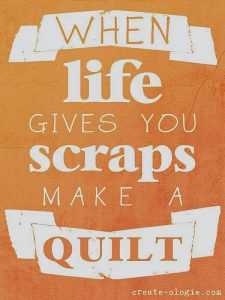Where has the time gone? This year is almost over, and has gone by so fast. The last week of the year is my time to regroup, reduce (stuff) and reorganize for the coming year. A fresh start, another chance, a new agenda and personal growth. What a great idea! Moving forward in positive movement to find ways I can inspire people to continue their love of sewing by finding interesting facts and ideas to share. I am EXCITED!!
My Plan is the following:
- Research textiles and discover ways they are used in various applications in sewing and other art forms. My favorite is mixed media using sewing, quilting, tie dying plain fabric and other ways to create 3D artwork.
- Make new curtains for my sewing studio using drapery fabric. Choosing one is the hardest task!
- Experiment with different types of sewing feet like the Narrow Hem Foot to make professionally stitched napkins, table cloths and handmade scarves that will make people think you bought them from expensive designers! And some are very expensive!
- Use the wide variety of stitches on my machine to create interesting embroidery on quilt squares to piece together to create a scene or story. It is amazing how many things you can do. It may be a great time to upgrade your sewing machine to a designer model next year! Check this website for your choices! Sewingmachinesplus.com is the best place to buy. They offer many great choices!!
- Reduce scraps, and pieces of fabric that can be made into a crazy quilt, or used for small projects for a children’s class project. (This is difficult for me because I always think of something I can make from them.
- Design fresh ideas for NaturaDomani, my online Etsy Store. I hope to make a difference in the interest of organic fabrics, bamboo, hemp, and other eco-friendly textiles to save trees, water conservation and hazardous working conditions and to preserve beautiful things of Nature.
- Find outlets for charitable giving to pay forward Etsy sales and products.
- MOST IMPORTANT! Inspire my readers to use your creativity in sewing, and in life, to find happiness in yourself by learning new things and enjoying your achievements. Also, to embrace love and the love of others so that 2017 will become one of your very BEST YEARS!

I find it fun to share my sewing experiences with you as I am building an online presence at Etsy.com. While I sew, I realize that as careful as I stitch, handmade things are never perfect. It’s the challenge and effort that counts.

